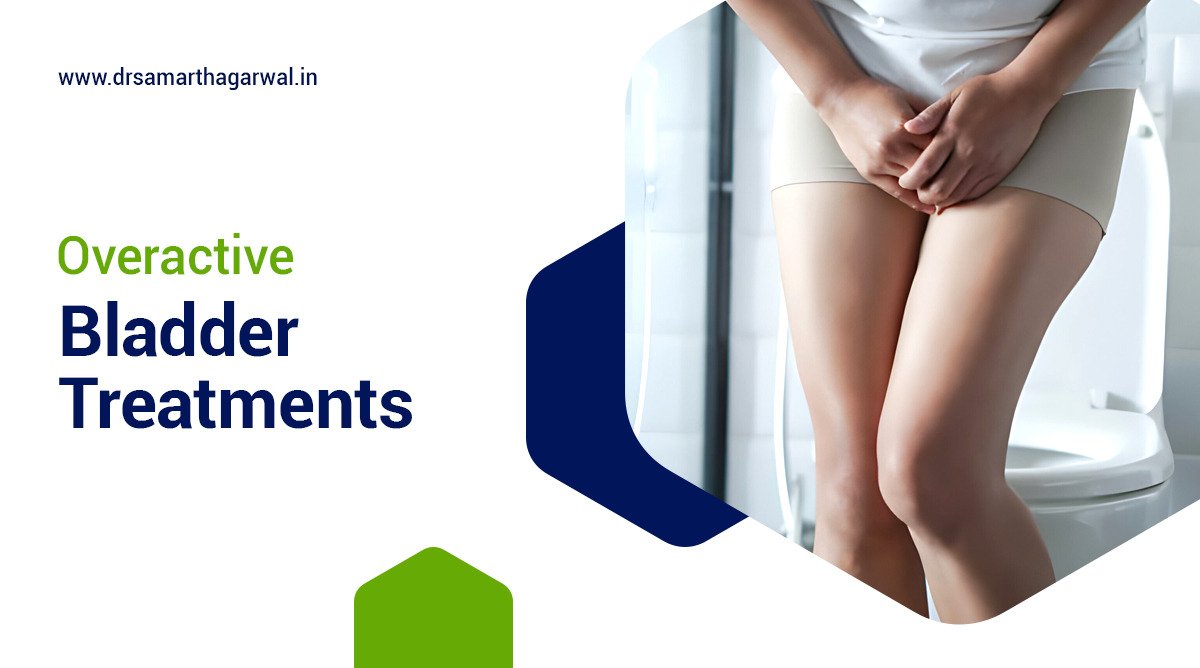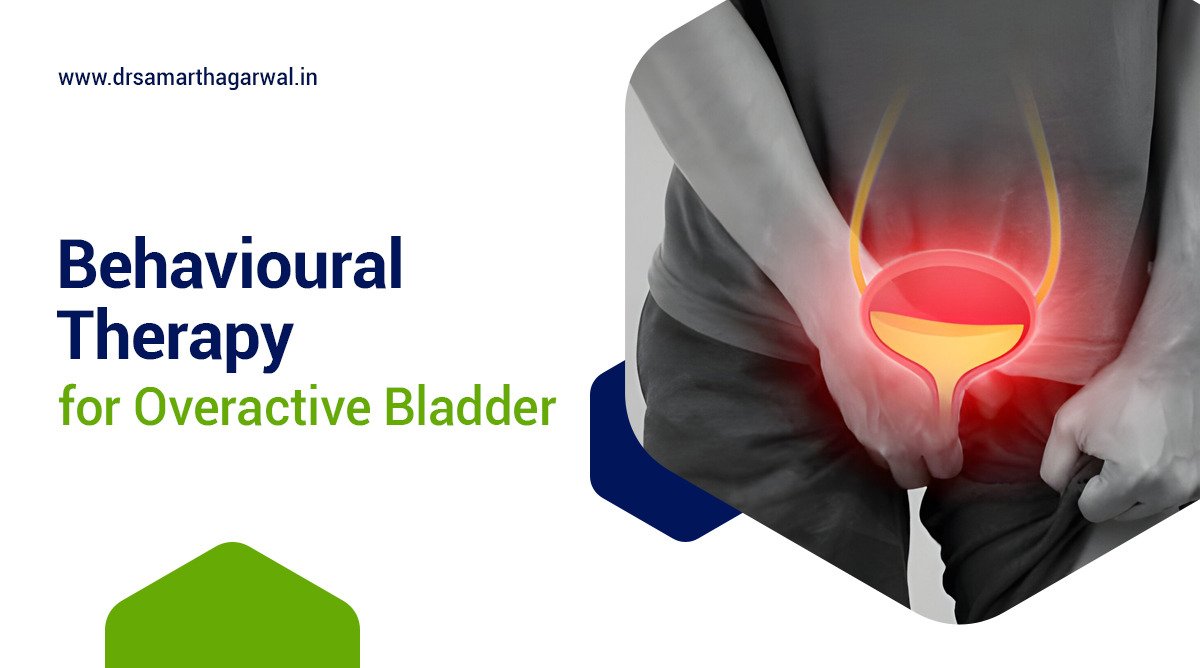Behavioral therapies, such as bladder training, pelvic floor muscle training, and scheduled voiding, are also effective in managing OAB. These therapies help individuals regain control over their bladder, reduce symptoms, and improve their overall quality of life. By combining lifestyle modifications with behavioral therapies, patients can experience significant improvements in their symptoms and achieve better bladder control.
Bladder Training
Bladder Training is a type of behavioral therapy for overactive bladder.
Bladder Training, a type of behavioral therapy, is a non-surgical treatment approach for managing overactive bladder (OAB) symptoms. This therapy focuses on retraining the bladder to alleviate symptoms such as urinary urgency, frequency, and incontinence.
Bladder Training involves a combination of techniques, lifestyle modifications, pelvic floor muscle training, and bladder retraining exercises. The goal of Bladder Training is to restore the bladder’s normal, reducing the frequency of trips to the restroom and the likelihood of accidents. By changing behaviors, can regain control of their bladder function and improve their quality of life.
This approach is often recommended as a first-line treatment for O, as it is a non-invasive and low-risk option. Bladder Training can be conducted under the guidance of a healthcare provider or a physical therapist specializing in pelvic floor rehabilitation.
Benefits of Bl Training include increased bladder capacity, reduced urinary frequency, and improved quality of life.
You might also like: Overactive Bladder treatment options – OAB treatment

Pelvic floor muscle training (PFMT)
Pelvic floor muscle training (PFMT) a type of behavioral therapy involves exercises to strengthen the muscles in the pelvic area, which can help to improve bladder control and reduce symptoms of overactive bladder. PF has been shown to be effective in reducing urinary continence, urgency, frequency, anduria in both men and women. The training contracts and releases the pelvic floor muscles, which can be done through various techniques, including Kegel exercises, electromyography (EMG) biofeedback, and training.
PFMT works by increasing the endurance of the pelvic floor muscles, which helps to improve muscle function and reduce symptoms of overactive bladder. The training can be done in conjunction with other treatments, such as medication and lifestyle changes, to optimal results. Studies have shown that PFMT can reduce symptoms of overactive bladder, improve quality of life, and reduce the risk of complications associated with the condition.
The benefits of PFMT for overactive bladder include reducing urinary incontinence, improving bladder control, reducing urgency and frequency, and improving quality of life. PFMT is a non-invasive, low-risk treatment that can be done in the comfort of one’s own home, making it an attractive option for those seeking to manage their overactive bladder symptoms. Additionally, PFMT can be combined with other behavioral therapies, such as cognitive behavioral therapy, to provide a comprehensive treatment approach.
Furthermore, PFMT has been shown to be effective in both men and women and can be adapted to accommodate individual needs and abilities. The training can be done under the guidance of a healthcare professional, such as a physical therapist or nurse, or through self-directed exercises. Overall, PFMT is a valuable treatment option for individuals seeking to manage their overactive bladder symptoms and improve their overall quality of life.
Lifestyle modifications
Behavioral therapy and lifestyle modifications are essential components in the management of overactive bladder (OAB). These non-pharmacological interventions focus on changing habits, behaviors, and lifestyles to alleviate OAB symptoms. By adopting these modifications, individuals can experience significant improvements in their symptoms and quality of life.
The foundation of behavioral intervention for OAB is patient education, which enables patients to understand normal and abnormal bladder function. This serves as the basis for recommending specific strategies to prevent and manage OAB. Patients are educated on how to incorporate these strategies into daily activities, ensuring adherence to behavioral interventions and optimal treatment outcomes.
Lifestyle modifications for OAB include reducing caffeine and alcohol intake, managing fluid consumption, and avoiding excessive drinking or fluid restriction. Additionally, patients are advised to stop drinking a few hours before bedtime and limit caffeinated drinks. These modifications can help alleviate O symptoms and improve bladder control.
Self-monitoring with bladder or voiding diaries
Behavioral therapy self-monitoring with bladder or voiding diaries is an effective treatment for overactive bladder, improving symptoms by at least 50%.
Behavior therapy, particularly self-monitoring with bladder or voiding diaries, is a valuable treatment approach for active bladder (OAB). Self-monitoring involves being aware of one’s behaviors and their own environment. In the context of OAB, self-monitoring with bladder or voiding diaries helps individuals track their symptoms, identify patterns, and make behavioral changes to improve bladder control.
The use of bladder or voiding diaries is a crucial component of self-monitoring in behavioral therapy for OAB. These diaries involve recording urinary habits, including frequency and volume of urination, and any incontinence episodes. By analyzing these diaries, individuals can identify triggers and patterns that contribute to their OAB symptoms.
Self-monitoring with bladder or voiding diaries has been shown to be highly effective in improving OAB symptoms. Studies have demonstrated that this approach can lead to improvement rates of at least 50% in incontinence episodes. This is likely due to the increased awareness and control individuals gain over their bladder habits, enabling them to make positive changes to their behavior.
Furthermore, self-monitoring with bladder or voiding diaries is a low-cost, non-invasive, and low-risk treatment approach that can be easily integrated into daily life. It is also an empowering approach, as individuals take an active role in managing their symptoms and improving their bladder health.
In addition to its effectiveness, self-monitoring with bladder or voiding diaries is a highly personalized approach, allowing individuals to tailor their treatment to their unique needs and circumstances. This personalized approach can lead to better treatment adherence and outcomes.
Biofeedback
Behavioral therapy Biofeedback for overactive bladder is a highly effective treatment, with a 76-86% reduction in incontinence episodes.
Behavioral therapy biofeedback is a type of training that helps individuals with overactive bladder (OAB) symptoms, such as urinary urgency, frequency, and incontinence. Bio, in this context, is a technique that instruments to provide feedback about physiological processes, such as bladder muscle contractions, to help individuals learn to control them voluntarily.
Biofeedback-ass behavioral training has been proven effective in treating urge urinary continence, with significant reductions in incontinence episodes. A study published in AMA found that multicomponent behavioral training with biofeedback resulted in significant improvements in symptoms and of life for women with urge incontinence.
The treatment involves a series of sessions with a trained therapist, typically 4-6 sessions, where the individual learns to become aware of their physiological processes, such as bladder muscle contractions, and learns techniques to control them.
The therapist uses specialized equipment to provide feedback on individual’s physiological responses, helping them to develop the skills to control their bladder functions.
Biofeedback training for OAB typically involves several components, including education on bladder anatomy and function, relaxation techniques, pelvic floor muscle exercises, and biofeedback training to improve awareness and control of bladder contractions. The training is tailored to the individual’s specific needs and goals.
The benefits of biofeedback for OAB include improved bladder control, reduced incontinence episodes, and enhanced quality of life. Additionally, biofeedback therapy is a non-invasive, non-pharmacological treatment option that can be used in conjunction with other treatments, such as medication or surgery, or as a standalone treatment.
You might also like: Understanding Overactive Bladder OAB Symptoms

What Is Behavior Therapy for Overactive Bladder?
Behavior therapy for overactive bladder involves lifestyle modifications, bladder training, and pelvic floor muscle training, and is recommended as a first-line therapy to treat overactive bladder due to its safety and effectiveness.
Behavioral Therapy versus Pharmacotherapy
This table provides a comparison of behavioral therapy and pharmacotherapy, outlining their differences and similarities in treating mental health disorders, including their approaches, effectiveness, and applications.
Behavioral Therapy Pharmacotherapy
Cognitive Behavioral Therapy (CBT) is a first-line treatment for addiction. Pharmacotherapy is a medical treatment for mental health disorders.
CBT is a psychological procedure that seeks to correct patterns of thinking and behavior. Pharmacotherapy medication to treat mental health conditions.
Behavioral therapy focuses on changing negative thought patterns. Pharmacotherapy targets neurotransmitters to alleviate symptoms.
Cognitive behavioral therapy is a strategy pharmacotherapy treatment-resistance. Pharmacotherapy can be combined with CBT for effective treatment outcomes.
Behavioral therapy has high treatment credibility and willingness Pharmacotherapy has varying degrees of effectiveness depending on the condition.
Behavioral therapy is effective for disorders, depression, and personality disorders. Pharmacotherapy is effective for depression, anxiety disorders, and obsessive-compulsive disorder.
Behavioral therapy is individualized and adapted to the patient’s needs. Pharmacotherapy is tailored to the patient’s specific condition and response.
Mental health is integral to well-being, and therapy is crucial for personal development. Pharmacotherapy can be an integral part of overall mental health treatment.
How Do You Permanently Treat an Overactive Bladder?
To permanently treat an overactive, lifestyle changes such as keeping a bladder diary, double voiding, and delayed voiding can help. Exercises to relax the bladder muscle, bladder training, and pelvic floor exercises are also effective. In severe cases, surgery to increase the bladder’s capacity may be necessary. Additionally, medications and natural remedies like avoiding irritants, losing weight, and quitting smoking can help manage symptoms.
Can an Overactive Bladder Be Psychological?
Yes, overactive bladder (OAB) can be closely related to psychological and social factors, affecting many aspects of life, work, study, and social activities. As a bodily disease, medical personnel should pay attention to patients’ psychological and social functions.
You might also like: Treatment for Overactive Bladder in Males

If you need help with controlling your bladder then behaviour therapies can help.
If you are not sure where to begin then you can contact Dr. Samarth Agarwal, Urologist in Siliguri for proper guidence.




